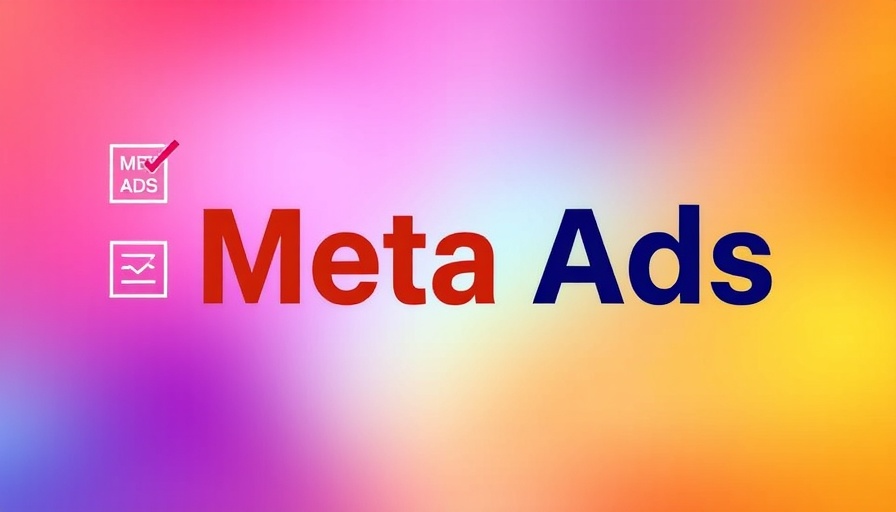
The Power of a Meta Ads Audit: Unlocking Your Campaign Potential
For Facebook marketers looking to optimize their advertising strategies, a thorough audit of Meta ad sets is crucial. Understanding how to effectively evaluate your ad sets can enhance your marketing performance and improve your bottom line. In this concise guide, we’ll explore the essential elements that every marketer should assess during a Meta ads audit.
Understanding Ad Set Volume: Less is More
A key issue many advertisers face is the sheer volume of ad sets they create. While it may seem beneficial to have a variety of ad sets targeting different demographics, too many can lead to problems like auction overlap and budget fragmentation. According to the original source, auction overlap occurs when multiple ads reach the same audience, driving up your costs. In addition, dividing your budget too thinly among numerous ad sets can dilute performance, preventing your campaigns from exiting the learning phase.
Finding the Right Conversion Location
Another vital area to evaluate is where your ads are directing traffic. Sending users to various destinations, such as websites or Messenger, can yield different results. Prioritizing website traffic, while understanding its unique challenges such as tracking and reporting, can help simplify your advertising strategy and improve conversion rates. As reflected in trends within the industry, a focus on seamless user experiences that direct potential customers to optimized landing pages is key for success.
Best Practices for Ad Sets: Lessons from 2025 Trends
Gleaning insights from the 2025 Meta ads best practices emphasizes the importance of engaging ad copy and compelling visuals. Keeping your copy brief and impactful increases the chances of grabbing your audience's attention. Incorporating user-generated content has proven to foster authenticity and connection with viewers, reinforcing trust and loyalty toward your brand.
Actionable Steps to Optimize Your Meta Ads
To sum it all up, conducting regular audits of your Meta ad sets is a multi-faceted process. Pay careful attention to ad set volume, conversion locations, and the effectiveness of your creative elements. Testing different formats and messages will help you pivot your strategy and achieve better engagement rates. Implement tools that automate audience targeting and ad performance—these can save time while significantly boosting your results.
As you further develop your Meta advertising strategy, remember that keeping your campaigns agile and data-driven will yield the best results. If you’re striving to connect more deeply with your audience while maximizing your advertising efforts, consider a thorough evaluation of your current practices to drive future success.
 Add Row
Add Row  Add
Add 


Write A Comment